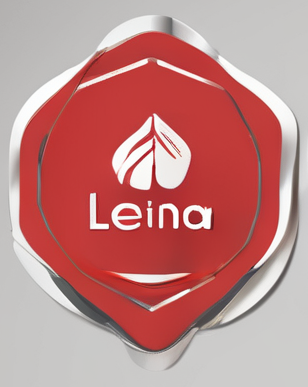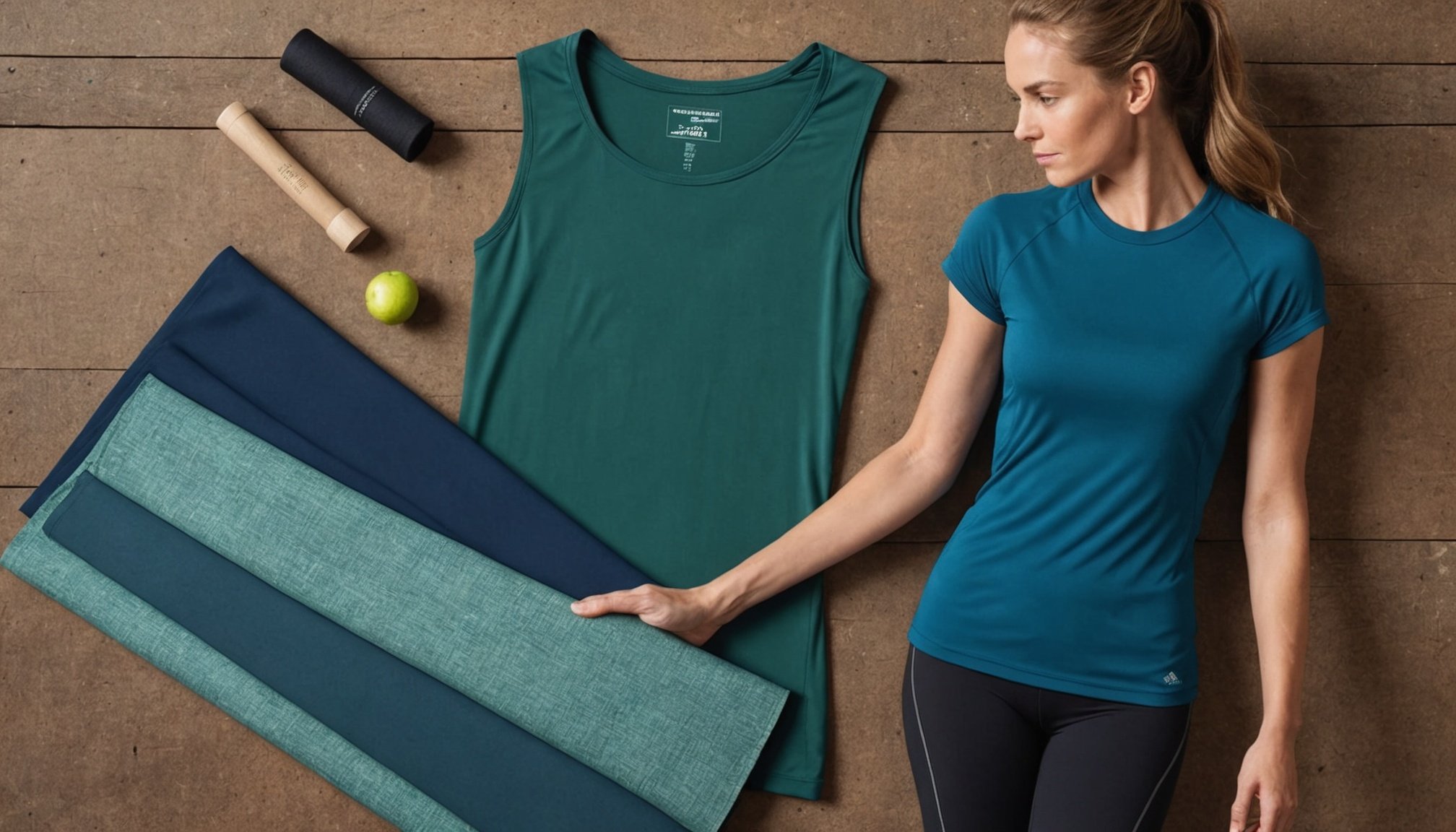Overview of Eco-Friendly Fabrics
Understanding eco-friendly fabrics is crucial in the activewear industry as it faces increasing demand for sustainability. Eco-friendly materials help lower the environmental impact of production and use renewable or recycled resources. This approach reduces pollution and conserves water and energy.
The UK market has witnessed a surge in demand for sustainable fabrics, reflecting consumer interest in ethical choices. More brands are adopting these practices to meet evolving preferences while boosting their marketability. This trend signifies a shift towards more environmentally conscious fashion, prompting mainstream adoption across industries.
In the same genre : Fashion clothing and products for every occasion and style
Choosing eco-friendly materials benefits both consumers and the environment. Consumers enjoy healthier, non-toxic clothing that offers comfort and style. Activewear fabrics can be made from materials like organic cotton, which is free from harmful pesticides, providing a safer option for skin. The use of sustainable resources helps combat the negative impacts of the fast fashion lifecycle. Brand transparency in sourcing and manufacturing reassures buyers and builds trust. By opting for eco-friendly garments, consumers support environmental sustainability, fostering a greener future for upcoming generations.
Types of Eco-Friendly Fabrics
Exploring different types of eco-friendly fabrics reveals their suitability for the activewear industry. Each offers unique properties that cater to specific needs, enhancing performance and environmental benefits.
Also to see : Elevate Your Style With the Blue Beret Hat: the latest fashion trend
Organic Cotton
Organic cotton stands out for being grown without harmful pesticides, making it a top choice for those with sensitive skin. This fabric is breathable, soft, and highly absorbent, suitable for activewear. Brands like Pact and People Tree incorporate organic cotton in their clothing lines, promoting ethical fashion and transparency.
Tencel
Derived from wood pulp, Tencel is known for its silky touch and excellent moisture management. Its production process is environmentally friendly, using less water compared to conventional fabrics. Tencel’s anti-bacterial properties make it ideal for activewear, as it inhibits odours. Brands like Tentree and Patagonia utilise Tencel to enhance their product offerings.
Recycled Polyester
Recycled polyester is a sustainable alternative to its virgin counterpart, reducing plastic waste by repurposing materials like water bottles. It offers remarkable durability and maintains vibrant colours, even after several washes. This versatility makes it a favourite for brands such as Girlfriend Collective and Everlane, who pride themselves on ethical sourcing and production.
Sustainability Standards and Certifications
Understanding sustainability certifications can significantly influence consumer choices and brand credibility in the textile industry. Certifications like GOTS (Global Organic Textile Standard) and OEKO-TEX standard 100 ensure that fabrics adhere to strict ecological and social criteria. These certifications provide assurance of ethical production, making them crucial for consumers aiming for eco-friendly purchases.
Ethical sourcing is another essential aspect of sustainability. It emphasises responsible procurement—ensuring resources are obtained in a manner that respects workers, communities, and the environment. Brands committed to ethical sourcing are more likely to gain consumer trust by promoting transparency and accountability.
Eco-labels also play a pivotal role in guiding consumers toward sustainable fabrics. They simplify the process of identifying environmentally friendly choices, reducing the research burden on consumers. With these labels, buyers can be confident their purchases support sustainable practices.
By prioritising certified options, consumers contribute to a market that values both ethical and sustainable practices. This not only reduces environmental harm but also supports a system built on trust and integrity, promoting long-term benefits for both producers and consumers.
Performance Comparison of Eco-Friendly Fabrics
Examining fabric performance is vital as it determines the suitability of eco-friendly materials in activewear.
Durability and Wear
Eco-friendly fabrics like recycled polyester and Tencel offer impressive durability, equalling conventional materials. Users appreciate recycled polyester for maintaining its vibrant hue after several washes, ensuring long-lasting wear. Similarly, Tencel provides excellent tensile strength, making it a reliable choice for active lifestyles.
Moisture-Wicking Capabilities
A standout feature of activewear fabrics like Tencel is their superior moisture-wicking ability. This property ensures efficient sweat absorption and quick drying, a crucial factor in maintaining comfort during intense physical activity. In contrast, organic cotton is less effective in this domain, though it compensates with other attributes.
Breathability and Comfort
All three eco-friendly materials—organic cotton, Tencel, and recycled polyester—are highly regarded for breathability. Organic cotton is prized for softness and skin-friendliness, appealing to those with sensitivities. Both Tencel and recycled polyester strike a balance between breathability and durability, which is appealing for activewear. These fabric properties make eco-friendly choices comparable to traditional options, ensuring performance without sacrificing sustainability.
Eco-Friendly Garment Care Tips
Proper garment care not only preserves the longevity of eco-friendly activewear but also reinforces sustainable practices. By adopting mindful habits, consumers can extend the life of their clothing while conserving environmental resources.
To maintain fabric longevity, it’s crucial to use sustainable laundry practices. Choosing cold water settings and line drying minimizes the energy consumption of washing machines and dryers. Moreover, selecting eco-friendly detergents, which boast biodegradable ingredients and lack harsh chemicals, protects both the clothing and the planet.
Washing garments less frequently and in full loads optimizes water usage. Turning clothes inside out before washing helps preserve colours and reduce wear on the fabric’s surface. For sensitive materials like organic cotton or Tencel, using a gentle wash cycle further protects against damage.
Ironing at low settings and avoiding bleach or tumble drying are additional ways to safeguard activewear fabrics. These steps not only prolong wearability but also lessen the garment’s total carbon footprint. Embracing these practices supports a greener lifestyle, aligning consumer habits with the ethos of sustainability.
Purchasing Considerations for Eco-Friendly Activewear
To effectively shop sustainably, recognising eco-conscious brands is pivotal. Brands that provide transparency in sourcing and production are often genuinely committed to sustainability. This means they clearly disclose materials used, production processes, and adhere to ethical standards. It’s crucial to check for certifications like GOTS or OEKO-TEX, indicating commitment to ecological and social criteria.
Product transparency is a central factor in evaluating marketing claims. Sustainable brands highlight information on their production practices and ethical standards. An eco-conscious choice isn’t just about how sustainably an item was made, but how openly this is communicated. Seek brands that are explicit about their processes and ingredients.
Consider the cost vs. value when making purchasing decisions. While eco-friendly products may possess higher upfront costs, they generally offer enhanced durability and longevity. This not only justifies the investment but also alleviates environmental burden by reducing the frequency of replacements. Comparing long-term benefits against immediate costs can guide towards economically and ecologically sound choices. Embracing this approach supports ethical production and encourages a broader shift towards shopping sustainably.











